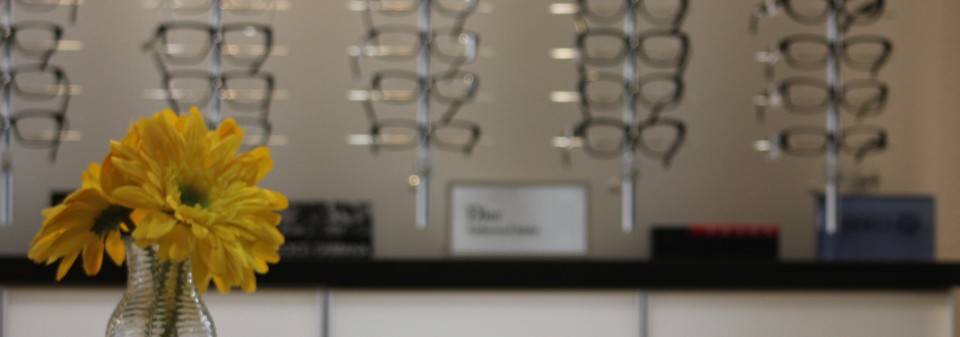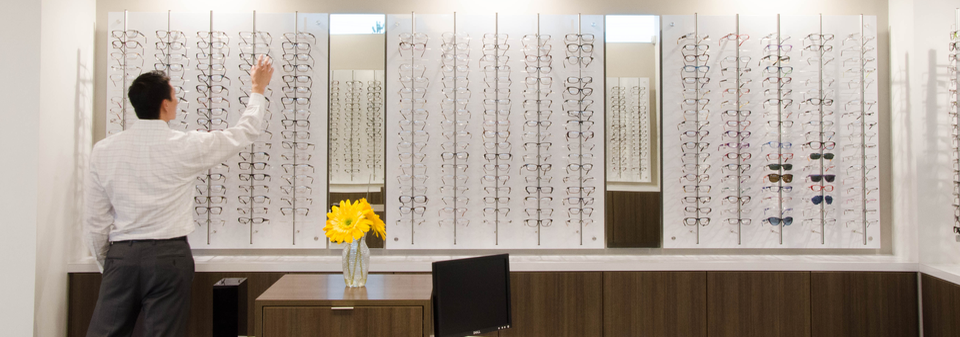




Follow Us
4130 Truxel Road, Suite D
Sacramento, CA 95834
Sacramento, CA 95834
- Phone: (916) 928-8383
- Fax: (916) 928-8380
- Monday: 9:00 AM - 6:00 PM
- Tuesday: 9:00 AM - 6:00 PM
- Wednesday: 9:00 AM - 6:00 PM
- Thursday: 9:00 AM - 6:00 PM
- Friday: 9:00 AM - 6:00 PM
- Saturday: 9:00 AM - 3:00 PM
- Sunday: Closed
